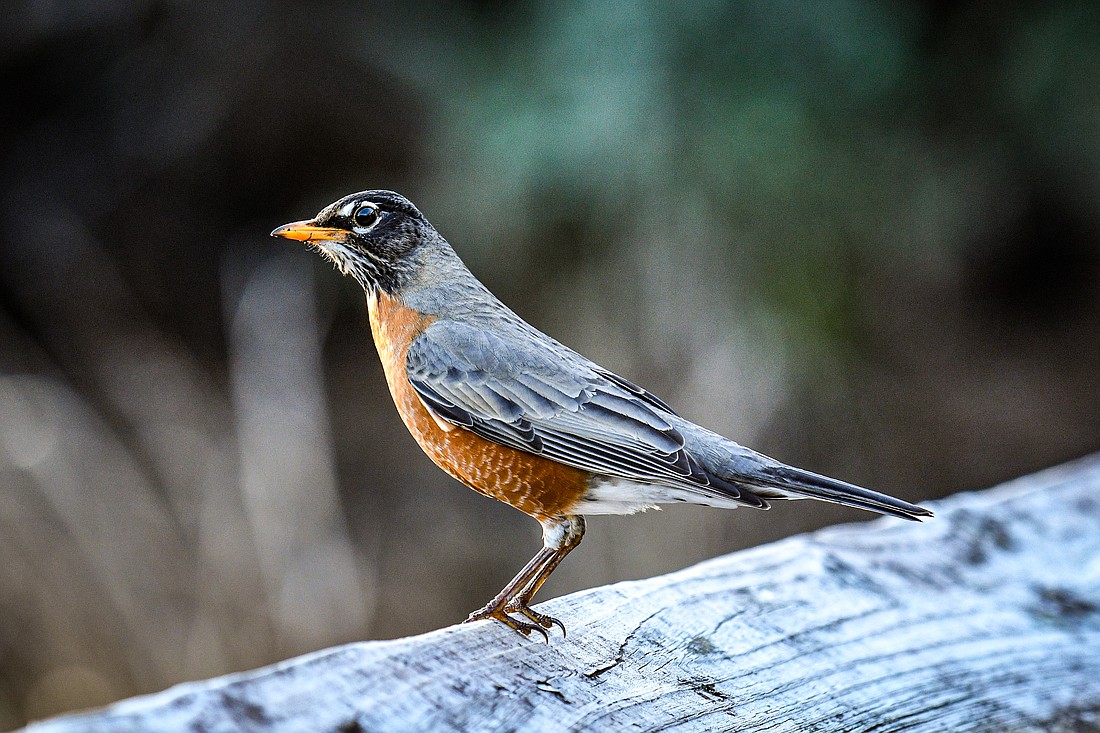- July 26, 2024
-
-
Loading

Loading

In winter months, cold weather to the north brings mass migrations of birds to our region in quest of warmer climes.
Some, just like human snowbirds, choose to stick around in Sarasota County for the season. But as an important stopping point on the Atlantic Flyway — a major north-south avian superhighway in North America — South Florida also provides critical food and shelter to migratory birds heading to breeding or overwintering sites further afield.
Whether they're here for several months or mere days, migratory birds are important members of our natural systems, who provide ecosystem benefits such as pest control and pollination of plants. And, as parts of the food chain, they are a food source for other wildlife.
Notably, the Atlantic Flyway is the most densely populated and developed out of the four major flyways crossing the United States. Indeed, loss, degradation and fragmentation of important migratory bird habitats is potentially the largest individual threat to migratory birds. And much of this threat is caused by human development.
Protected public lands, such as Myakka River State Park, support migratory birds by providing the natural habitats, diversity of food and native plants these bird species depend on.
Because native plants evolved to exist in our environment, they are well adapted to Florida's climate, soil conditions and wildlife. And, as native vegetation is the foundation of healthy wild Florida ecosystems, a key focus of Myakka's Florida Park Service staff is the removal of highly invasive plant species, which were introduced to Florida either purposefully or accidentally. Such plants actively damage ecosystems by displacing native plants, therefore reducing wildlife habitat quality. Invasive plants can also change important ecological functions, such as water flow.
To support migratory birds, oftentimes all that is needed are small areas of protected land, with native plants that provide shelter and food along their migration route before they continue on to their final destinations. Even on private lands and urban areas, restoring suitable wildlife habitats by replacing non-natives with native vegetation is a powerful conservation tool for maintaining healthy bird and other wildlife populations.
Friends of Myakka River exists to support Myakka River State Park and the Wild and Scenic Myakka River. Together, we're protecting and sharing Myakka's magic, to the benefit of future generations, and our own. Follow us @FriendsofMyakkaRiver.